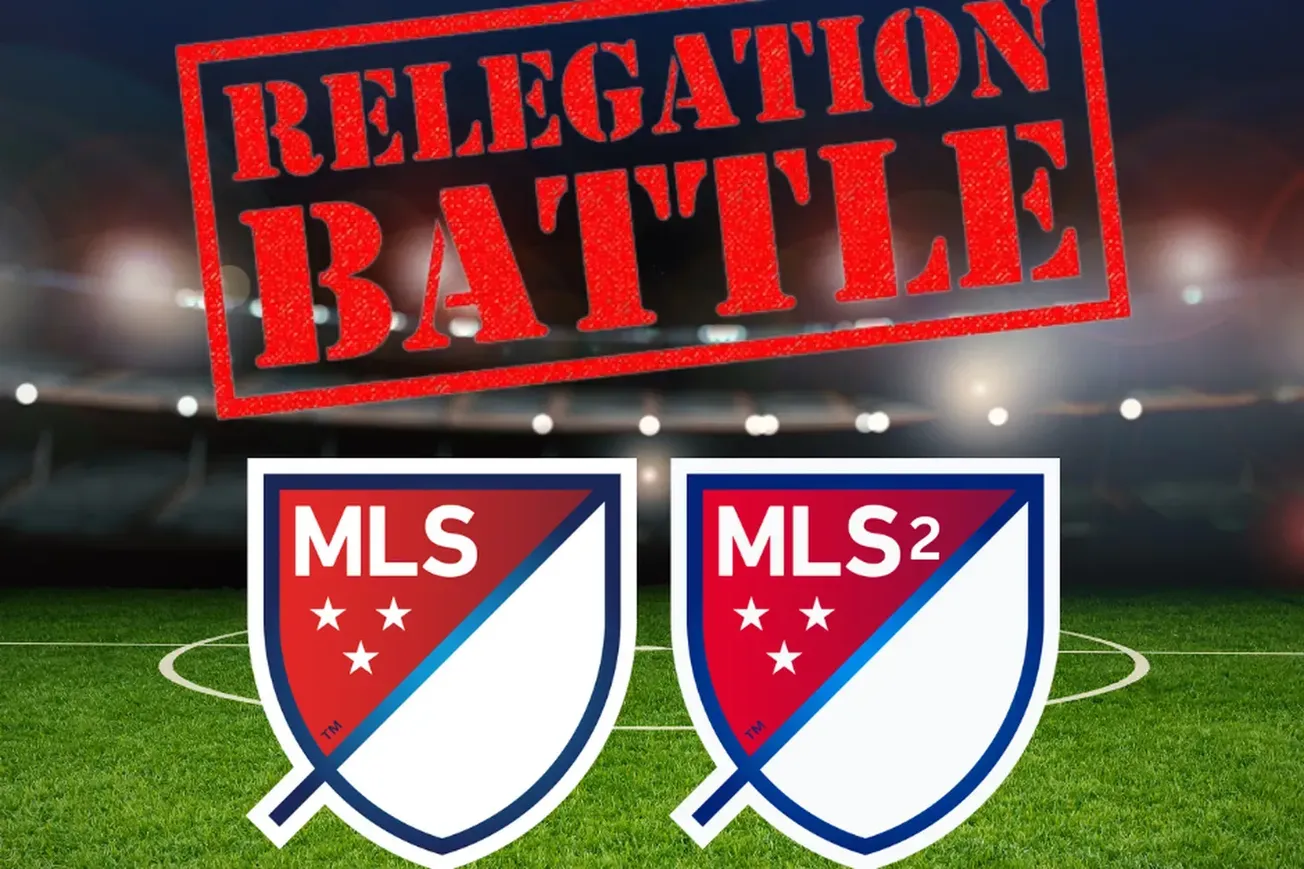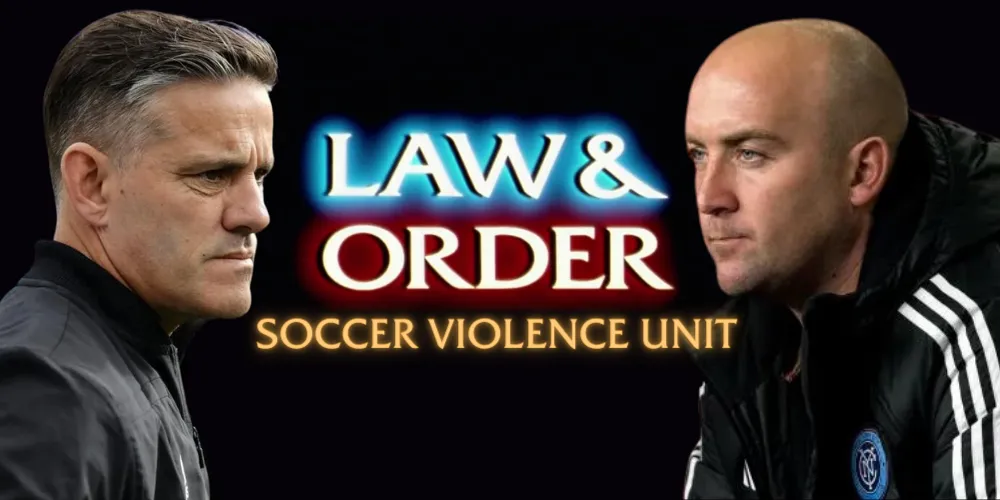New York City FC supporters have had quite the quiet offseason after many key cogs in the machinery of the Pigeons departed, to the point where many fans are going a bit stir-crazy as they wait for any news of new signings to replace them.
Like a young child on Christmas Day, the City faithful wake and rip open their Twitter each morning, hopefully looking for a Tom Bogert-tweeted shiny package of hope that NYCFC will keep up their lofty standards this season, extending its streak of seven consecutive MLS Cup Playoff appearances.
While signs of good NYCFC news have been slim so far (sorry, Mitja Ilenic, I’m sure you’re great…), you’ll find yourself feasting on a buffet of other interesting storylines on the side – ReynaGate, GreggGate, NWSLGate (YatesGate??), MLS Season Pass on Apple TV…err, Gate, and so on.
But it was a tweet thread last week by Fox Sports soccer host Alexi Lalas that caught my eye, and sent my thinking down the proverbial rabbit hole.
I’ve been following Major League Soccer since 2013, when NYCFC was announced as the league’s 20th franchise, and ever since, the promotion and relegation conversation has intrigued, enticed, and frustrated the league’s fan base. Supporters all see the success foreign leagues have pro/rel, to use the term of art, with multiple-tier pyramids, and yearly movement of the top and bottom clubs between the levels, and ask “Why not us? Why not here?”
Well, not here, because no pro sport in America uses this system. For a multitude of reasons.
For starters, there are no self-sufficient lower-level leagues in America with clubs or media markets that compete with top-tier clubs. All of the minor leagues for the major sports receive huge subsidies from their top tiers, either directly from the league itself (ie the NBA’s G-League), or the big league clubs fund minor league affiliates to develop their prospects (AHL, Minor League Baseball).
And let’s not forget NCAA college athletic programs that train future athletes at no cost to professional leagues. And some of those athletes are now getting name, image, and likeness deals that pay them more per year than a minimum-salary MLS player gets.
In fact, the only exception to this would be the non-MLS soccer pyramid in America, in which the United Soccer League runs with three divisions, USL Championship, USL1, and USL2. But the USL has questionable stability at its bottom levels, with teams going defunct every season, and new clubs popping up in hopeful markets to replace them at the cost of an expansion fee, rumored to be $20 million for USL Championship entry.









